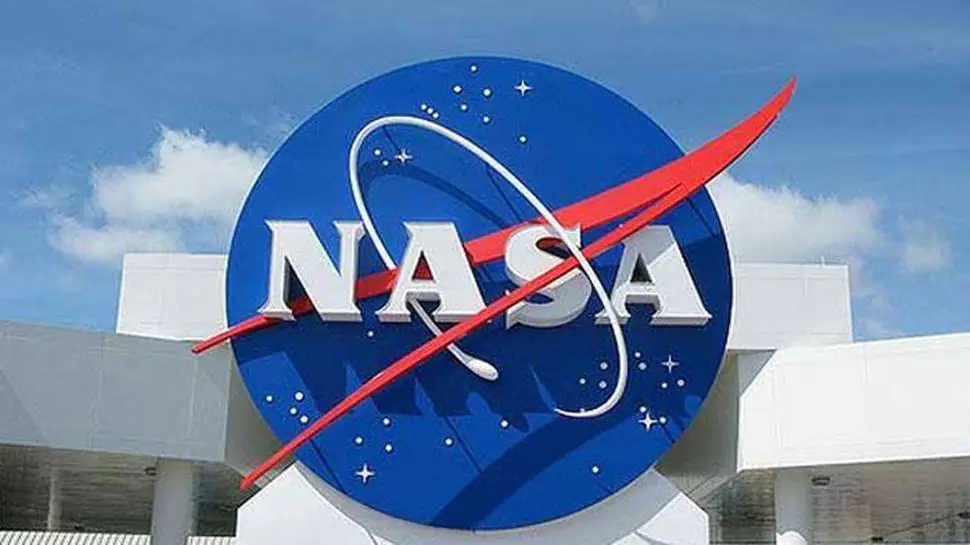
ASA agreed on Thursday to temporarily halt work on a $2.9 billion lunar lander contract awarded to Elon Musk’s SpaceX after rival billionaire businessman Jeff Bezos’s Blue Origin sued the United States government , workplace spokeswoman said.
was “an plan to remedy the issues within the acquisition process found in NASA’s Human Landing System.” A US judge has set an Oct. 14 hearing on the case.
NASA said during a statement it paused work with SpaceX on the human landing system through Nov. 1.
“In exchange for this temporary stay of labor , all parties agreed to an expedited litigation schedule that concludes on Nov. 1,” the U.S. space agency said. “NASA officials are continuing to figure with the Department of Justice to review the small print of the case and appearance forward to a timely resolution of this matter.”
over its decision to select one lunar lander provider, rejecting Blue Origin’s protest.
SpaceX, headed by Tesla Inc’s (TSLA.O) CEO Musk, within the week intervened in the lawsuit to make sure that the court “has an entire and accurate picture of the facts and circumstances surrounding this protest, including the substantial harm that SpaceX will suffer if the court grants the relief sought” by Blue Origin.
has said it remains convinced there have been “fundamental issues” with NASA’s decision which the GAO wasn’t ready to address them “due to their limited jurisdiction.”
NASA sought proposals for a spacecraft that might carry astronauts to the lunar surface under its Artemis program to return humans to the moon for the primary time since 1972.
The space agency said on Thursday it “is committed to Artemis and to maintaining the nation’s global leadership in space exploration. With our partners, we’ll attend the moon and stay to enable science investigations, develop new technology, and make high paying jobs for the greater good and in preparation to send astronauts to Mars.”
In April, as early as 2024.
